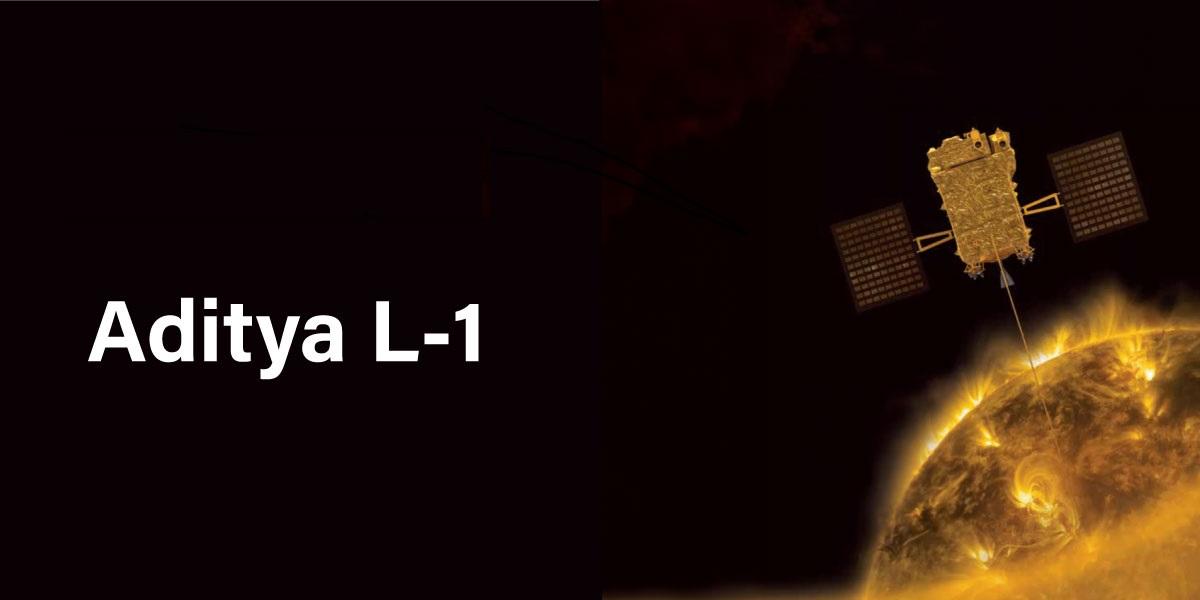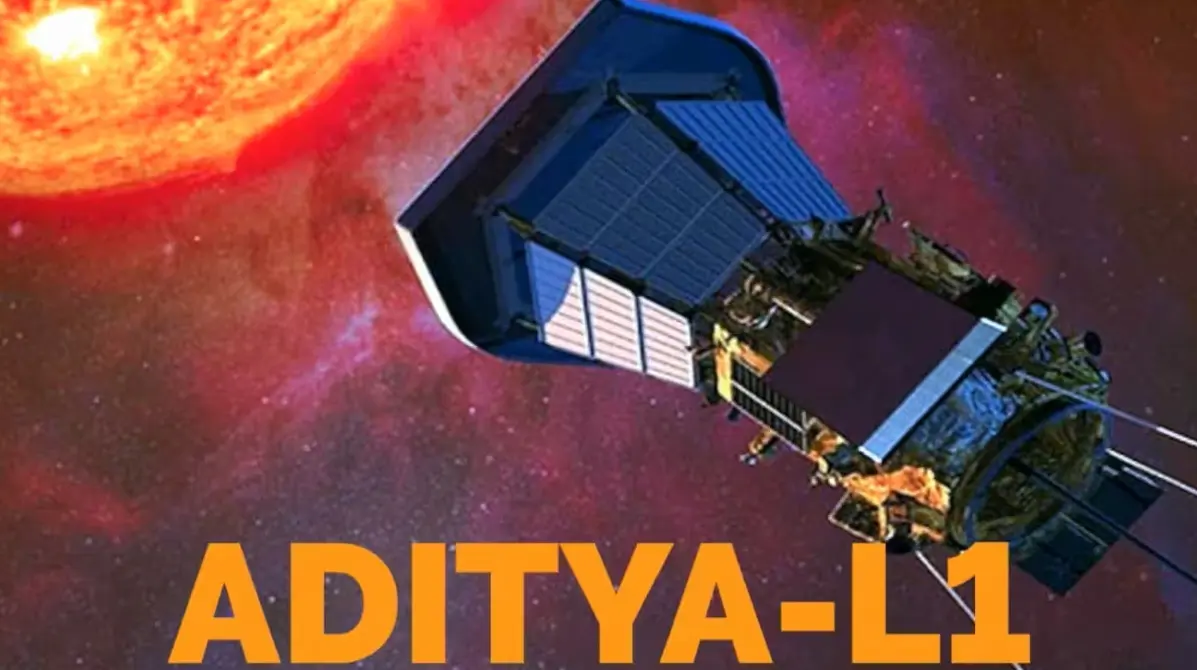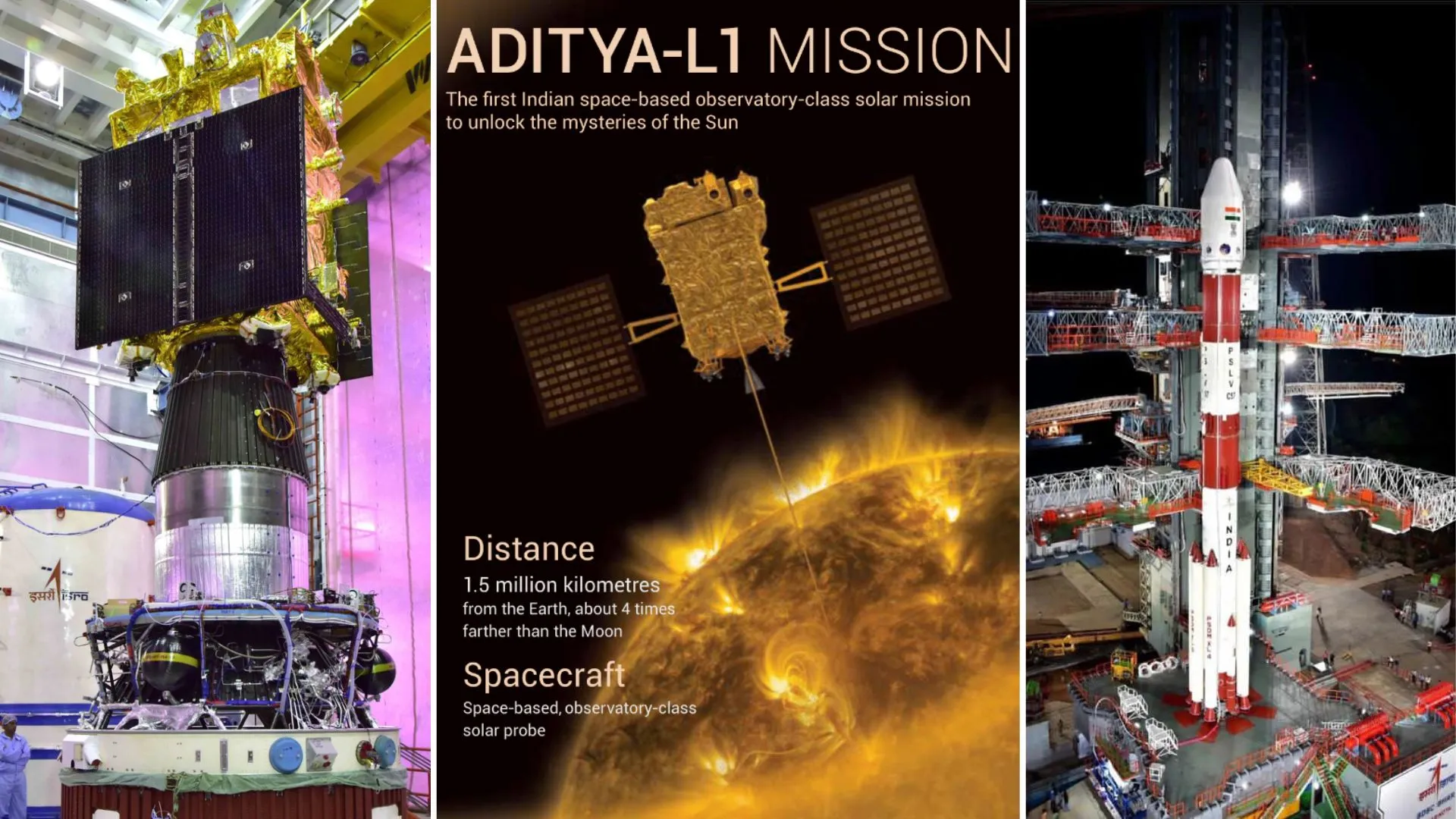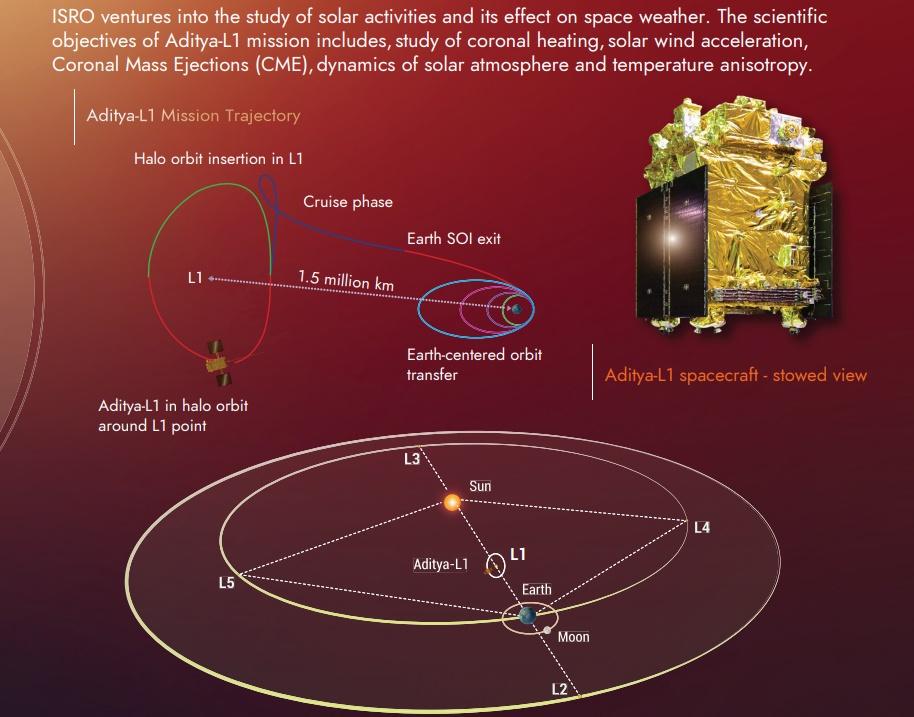
In the late hours of the night, while most of us are tucked in our beds, the Indian Space Research Organisation (ISRO) is gearing up for an exciting event – the fourth earth-bound manoeuvre for its Aditya-L1 mission. Scheduled for 2 am IST, this critical step is part of a meticulously planned series of orbit-raising manoeuvres. These manoeuvres are essential to prepare Aditya-L1, India’s first solar observatory, for its ambitious journey to the Sun-Earth Lagrange Point 1 (L1).

1. When did the mission be initiated and what is next going to happen?
Aditya-L1 embarked on its mission on September 2, and since then, it has been making steady progress. The spacecraft has already successfully executed three earth-bound manoeuvres, with the most recent one occurring on September 10. After the third manoeuvre, Aditya-L1 achieved a new orbit with dimensions of 296 km x 71767 km. However, the journey is far from over, as the fourth manoeuvre, scheduled for September 15, is poised to further elevate the spacecraft’s orbit, bringing it one step closer to its ultimate destination.

2. What is the significant of L1 point?
The L1 point, initially discovered by the renowned mathematician Joseph Louis Lagrange, holds a special place in the realm of solar observations. A satellite positioned in a halo orbit around the L1 point enjoys an uninterrupted view of the Sun, free from any occultations or eclipses. This unique vantage point enables real-time observations of solar activities and their impact on space weather, making it a prime location for a solar observatory like Aditya-L1.

3. What are the payloads carried by Aditya L1?
Aditya-L1 is not just another space mission; it’s a powerhouse of scientific instruments. The spacecraft carries seven payloads designed to study various layers of the Sun. Four of these payloads are dedicated to directly observing the Sun, providing us with valuable insights into its behaviour. Meanwhile, the remaining three payloads are focused on conducting in-situ studies of particles and fields at the L1 point, deepening our understanding of space weather and its effects.
Conclusions: –
As ISRO continues to push the boundaries of space exploration, the Aditya-L1 mission stands as a testament to India’s commitment to advancing our knowledge of the Sun and its influence on our planet. So, while we sleep soundly, Aditya-L1 ventures into the depths of space, bringing us closer to unravelling the mysteries of our closest star. Watch this space for additional information on this fascinating mission!










